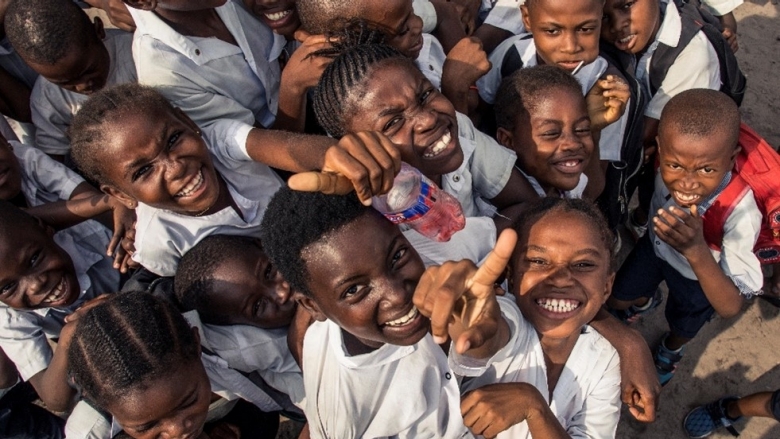Education Finance Watch 2022 [Report Download] | [Summary]
The Education Finance Watch 2022 sheds further light on the impact of COVID-19 on global education financing in 2020, 2021, and 2022 and conducts a focused analysis of trends in government education budgets, and Official Development Assistance (ODA), using data available for high-income (HICs), low-income and lower-middle income countries (LICs and LMICs), as of May 2022.
The Education Finance Watch 2022 report found that half of the sample of countries analyzed reduced their annual real spending on education in 2020, compared to 2019. This spending reduction came despite the significant learning losses stemming from COVID-related school closures. Overall bilateral aid to education fell in 2020 compared to 2019, while households took on a large share of education costs in low-income countries with the onset of the pandemic.
Education Finance Watch 2021 [Report Download]
Press Release: Two-Thirds of Poorer Countries Are Cutting Education Budgets Due to COVID-19
The Education Finance Watch 2021 provided a snapshot of how education budgets changed in response to the COVID-19 pandemic.
Between 2010-2020, government education spending has increased steadily, but the Covid-19 pandemic impacted public finances dramatically, and the prospects for maintaining these increases have deteriorated. But the education finance challenge is not only about mobilizing resources but also about improving the effectiveness of funding. Unfortunately, recent increases in public education spending have been associated with relatively small improvements in education outcomes. Although access to education improved, 53 percent of ten-year-olds in low- and middle-income countries were unable to read and understand a short age-appropriate text. Tackling the large spending inefficiencies and inequalities common to many education systems will be vital in order to make better use of resources and strengthen the link between spending and education outcomes.

